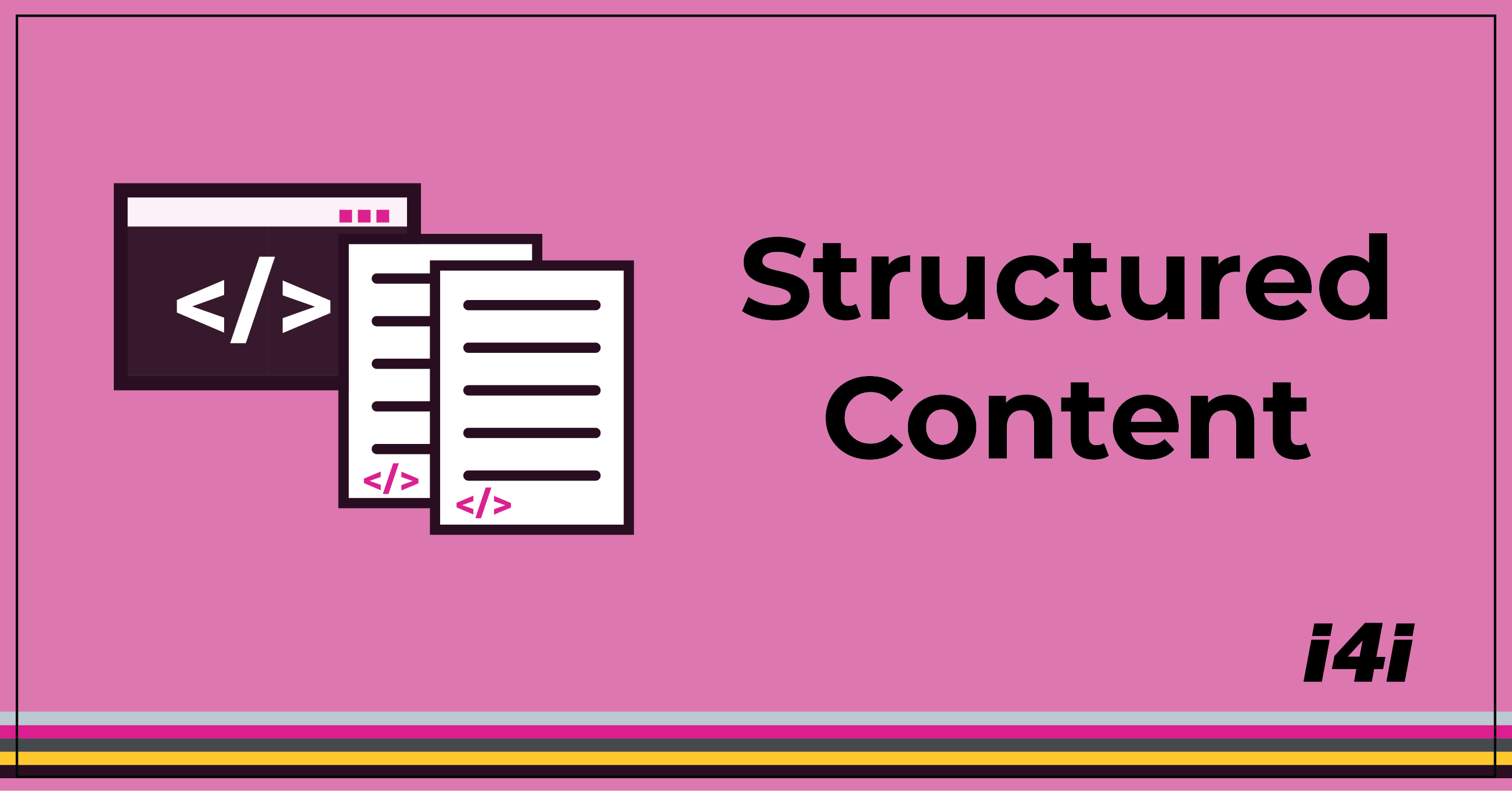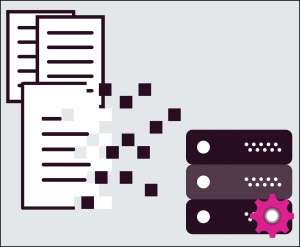 It’s no secret that the manufacture of pharmaceuticals requires extensive documentation. Keeping this documentation consistent and compliant across jurisdictions can be time consuming and error-prone, which may delay a drug’s time to market. Structuring the content provides unique opportunities for automation of key processes that are necessary in the lifecycle of this documentation.
It’s no secret that the manufacture of pharmaceuticals requires extensive documentation. Keeping this documentation consistent and compliant across jurisdictions can be time consuming and error-prone, which may delay a drug’s time to market. Structuring the content provides unique opportunities for automation of key processes that are necessary in the lifecycle of this documentation.
What do we mean by automation? Automation here describes processes in document creation and management that minimize the need for manual work. In jurisdictions where pharmaceutical submission include XML, the documentation is “automation ready”. For others, it is just a matter of applying similar structure to leverage automation for the benefit of global efficiency, consistency, and compliance.
Automating processes can provide the following benefits:
- Greater efficiency in document creation and management
- Greater consistency and auditability of documents
- Maximized opportunities for revenue
- Minimized risks
- Enhanced communication between systems
How do we get the necessary structure that underpins automation and what can we do with it?
In authoring, structured templates make the document creation quick and easy, with predefined document structure and headings. While document structure can be flexible in many submission standards, automation enforces important document structure rules through the entire authoring process, preventing later troubleshooting. An additional validation step prior to submission flags any other structure or content issues. Documents are easily populated with reusable content. A single document can even be made for multiple purposes by using applicability to conditionalize content. For example, a paragraph can be included in the label for an injection but omitted from the label for a capsule.
 The structured content carries with it a rich set of metadata that is automatically extracted enabling easy curation, comparison, and tracking of documents. This metadata can include semantically identified elements in the content that can be shared across systems or for other downstream purposes. IDMP tagging provides a powerful example of this. Indication and contraindication information extracted from IDMP tags can be used to compare documents that should have the same applications without laboriously searching through text. This can help to identify missing indications or contraindications, enabling products to reach their full market and avoid risks.
The structured content carries with it a rich set of metadata that is automatically extracted enabling easy curation, comparison, and tracking of documents. This metadata can include semantically identified elements in the content that can be shared across systems or for other downstream purposes. IDMP tagging provides a powerful example of this. Indication and contraindication information extracted from IDMP tags can be used to compare documents that should have the same applications without laboriously searching through text. This can help to identify missing indications or contraindications, enabling products to reach their full market and avoid risks.
Two process intensive areas that benefit strongly from structured content with its associated metadata are the management of document translations and variants. With structure mapping, a change to a document flags not only related documents but specific sections within those documents that need attention. This allows for reliable management of complex documentation sets and workflows.
As a document progresses through milestones, such as signing and submission, its status can be automatically advanced. Events downstream of this progression can be automated, such as sharing documents with approvers when they reach an approvable state. This minimizes downtime in the documentation workflow.
i4i specializes in the structuring of unstructured content, capturing a rich set of metadata to support unparalleled automation of global documentation. Our core products, A4L and ALiCE, offer automated creation and management of pharmaceutical labels. Our technologies make the process quick and reliable, from authoring through submission.
Would you like to achieve greater efficiency, consistency, and compliance of your global product documentation? Want to learn more about how our products use automation? Leave a comment on our LinkedIn page or contact us at our support email, info@i4i.com, to learn more about this fascinating facet of structured authoring.